If you are a parent in search of the proper pair of eyeglasses for your child, you most likely know that walking into an optical store will be confusing.
There is no shortage of children's eyeglasses. the matter is determining which glasses your child is going to be willing to wear — and can they last longer than the ride home?
Here are 10 shopping tips to assist you to decide on glasses your child will love which are going to be stylish and sturdy.
1. How thick will the lenses be?
The eyeglass prescription is usually the first consideration in choosing glasses. Before you begin searching for the frames, talk to your ophthalmologist or optician about your child's lenses.
If the prescription entails strong lenses that are likely to be thick, avoid large frames that may increase the thickness of the lenses. Also, smaller lenses tend to possess fewer higher-order aberrations near the sting of the lens than large lenses of the identical material and prescription, so there's less risk of blurred or distorted vision.
2. Choose a contemporary, attractive style
Most kids are going to be self-conscious wearing glasses for the primary time. So choose frames that have a contemporary, attractive style. Also, features like photochromic lenses that darken automatically in sunlight outdoors may help inspire your child to need to wear glasses.
3. Plastic or metal?
Children's frames are manufactured from either plastic or metal and lots of have styles that intentionally mimic unisex eyeglass frames designed for adults. Kids often are interested in these styles because they give the impression of being more grown-up. it is not unusual for youths to decide on glasses that appear as if those worn by their older siblings or their parents.
In the past, plastic frames were a more robust choice for youngsters because they were considered more durable, less likely to be bent or broken, lighter in weight and fewer expensive. But now, manufacturers are making metal frames that incorporate these features still. Metal composition varies, so ask the optician which one is best for your child, supported experience with different alloys.
Choose frames manufactured from hypoallergenic materials if your child has shown sensitivity to certain substances. for instance, some people are allergic to metal frames that contain nickel.
4. Proper bridge fit
One of the toughest parts about choosing suitable frames for young children is that their noses aren't fully developed, in order that they haven't got a bridge to forestall plastic frames from sliding down. Metal frames, however, usually are made with adjustable nose pads, in order that they fit everyone's bridge.
Most manufacturers recognize this difficulty with plastic frames and make their bridges to suit small noses.
Each frame must be evaluated individually to form sure it fits the bridge. If any gaps exist between the bridge of the frame and also the bridge of the nose, the burden of the lenses will cause the glasses to slip, irrespective of how well the frame seems to suit before the lenses are made.
It's important that the glasses stay in place; otherwise, kids tend to seem over the highest of the lenses rather than pushing their glasses duplicate where they belong. An optician usually is that the best judge of whether a frame fits properly.
5. The Proper Temple Style
Temples that wrap all the way around the back of the ear help keep glasses from sliding down or dropping off a child's face completely.
Pink girl eyeglasses
For babies and toddlers, this Dilli Dalli frame called "Half Pint" has cable temples that wrap snugly around the ears to carry eyeglasses in situ.
These wraparound temples, called "cable temples
," generally are available on metal frames and are especially helpful to stay glasses in situ on toddlers. an alternative choice could be a frame that features an elastic strap that goes around the head.
6. Spring hinges
A nice feature to seem for is temples with spring hinges. These allow the temples to flex outward, off from the frames, without causing any damage.
Kids aren't always careful once they placed on and start off glasses, and spring hinges can help prevent the requirement for frequent adjustments and expensive repairs. They also are available handy if the kid falls asleep with the glasses on or simply contains a rough day at play.
Spring hinges are also strongly recommended for toddlers, who sometimes get over-excited fidgeting with their new glasses.
7. Lens material
Once you and your child agree on frames that you simply both like, the following consideration is that the lenses.
Children's lenses should be manufactured from polycarbonate or Trivex. These materials are significantly more impact-resistant than other lens materials for added safety.
Polycarbonate and Trivex lenses are also significantly lighter than regular plastic lenses, which makes the glasses more leisurely — especially for strong prescriptions.
And polycarbonate and Trivex lenses have built-in protection against potentially damaging ultraviolet (UV) rays, and also the lenses are scratch-resistant coated by the manufacturer or fabrication lab.
The price for polycarbonate lenses generally is akin to the price for normal plastic lenses with UV and scratch-resistant coatings. And with polycarbonate, kids get that extra margin of safety to shield their eyes. Trivex lenses may cost a bit over polycarbonate lenses.
Avoid choosing glass lenses for kids' eyewear. Although they're very scratch resistant, glass lenses are very heavy and might break relatively easily (compared with polycarbonate or Trivex lenses).
8. Sports glasses
Polycarbonate is such a secure lens material that you simply could also be tempted to let your child play sports in his regular glasses.
Here's the drawback: Although polycarbonate is that the lens material used for sports eyewear, regular eyeglass frames don't provide enough protection from large objects like balls and flying elbows.
So if your child is involved in sports, a correct sports goggle with polycarbonate lenses will provide the most effective protection against eye injury.
To provide optimum protection, sports goggles must be fitted properly — so talk to watch care professional
before purchasing them. The lens openings of sports goggles should be large enough so if the goggles are pushed toward the face, the impact points are above and below the eyes to avoid eye injuries.
9. Warranties
Many optical retailers offer a guaranty plan that may replace kids' eyewear at no charge or for a little fee just in case of injury to the frames or lenses. Consider choosing the warranty, especially if your child could be a toddler or is wearing glasses for the primary time.
Check lens replacement costs with and without the warranty plan. Generally, if the warranty costs you less or about the identical amount because the fee to interchange one single lens, it's definitely worth the price.
Make sure the lens warranty includes a replacement provision if the lenses become badly scratched from normal wear. additionally, to causing glare and blurred vision, surface scratches can compromise the impact resistance of eyeglass lenses, putting your child's eyes in danger.
Fun colour glasses
Fun colours and patterns make these new Lucky Brand Kids frames particularly appealing. This frame style, the Willow, will be purchased with engraved fairytale dragons and peace signs.
10. Purchase a "backup pair"
Because children will be tough on their glasses, it is a good idea to buy a second, or backup, pair of eyeglasses for them — especially if your child contains a strong prescription and can't function without his or her glasses.
Ask your optician if special discounts apply for second pairs — they often do if the backup pair is purchased at the identical time because of the primary pair.
In some cases, sports goggles will be used as a spare pair of glasses. Or, if your child's prescription has not changed significantly, keep his or her previous eyeglasses in an exceedingly safe place to be used as a spare.
If your child wears glasses full-time, photochromic lenses or prescription sunglasses also should be considered to decrease glare, increase visual comfort and supply 100% protection from the sun's harmful UV rays.
First step: a watch exam
Before purchasing eyewear for youths, schedule a watch exam for your child with a watch doctor near you.
Children's eyes can change rapidly, so confirm your child has an up-to-date eyeglass prescription for the most effective possible vision and luxury before investing in new glasses.


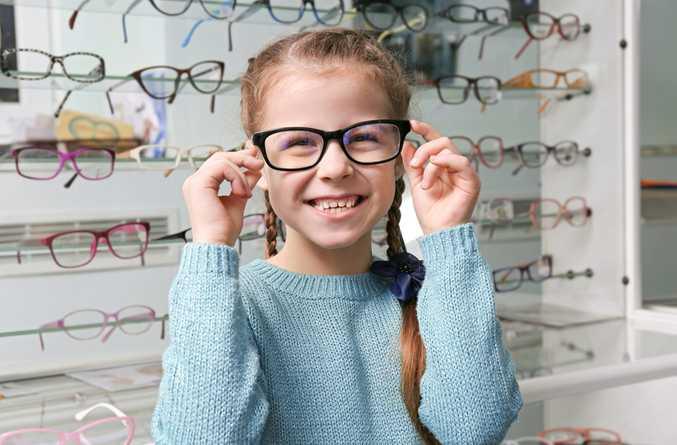
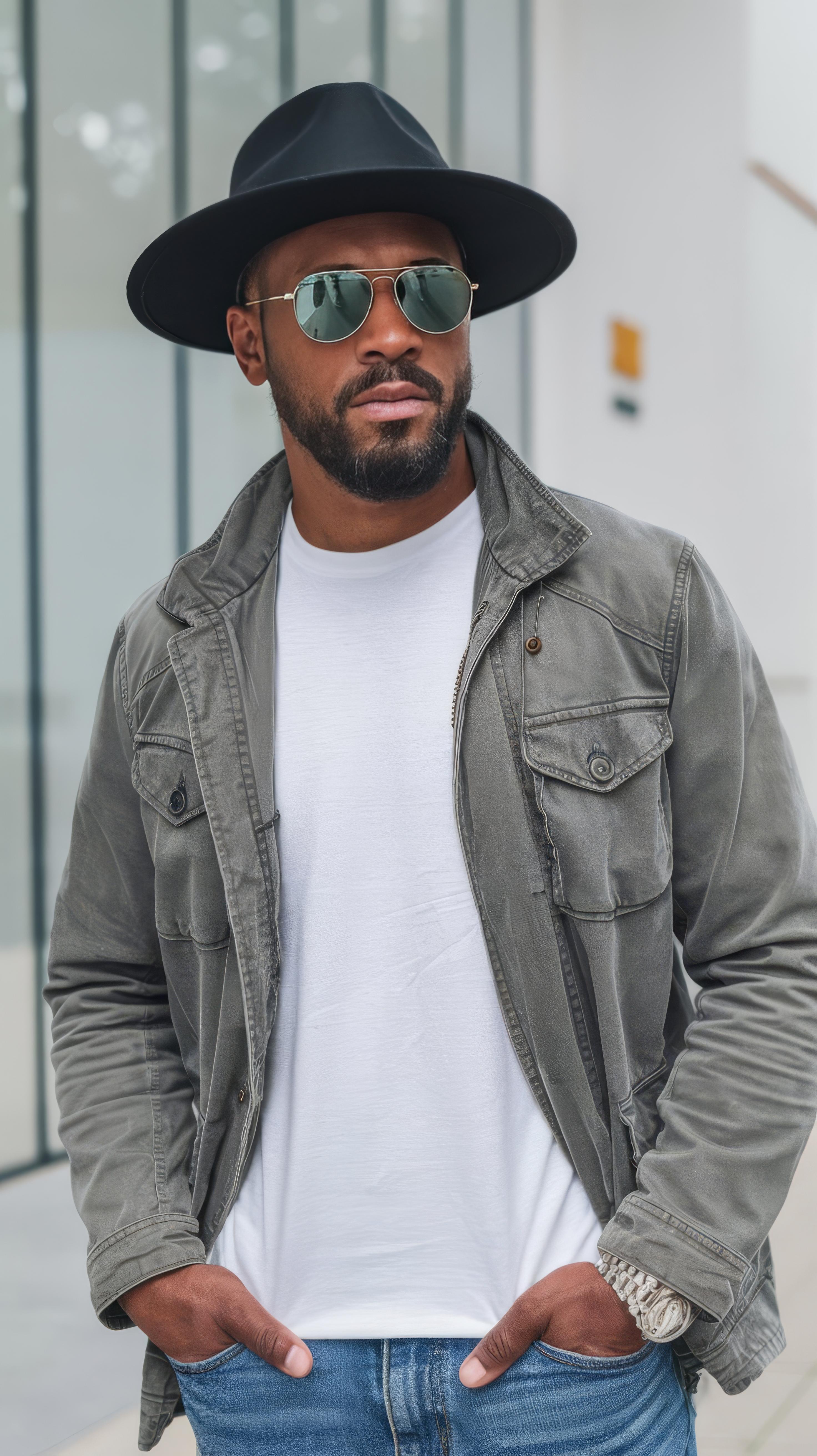
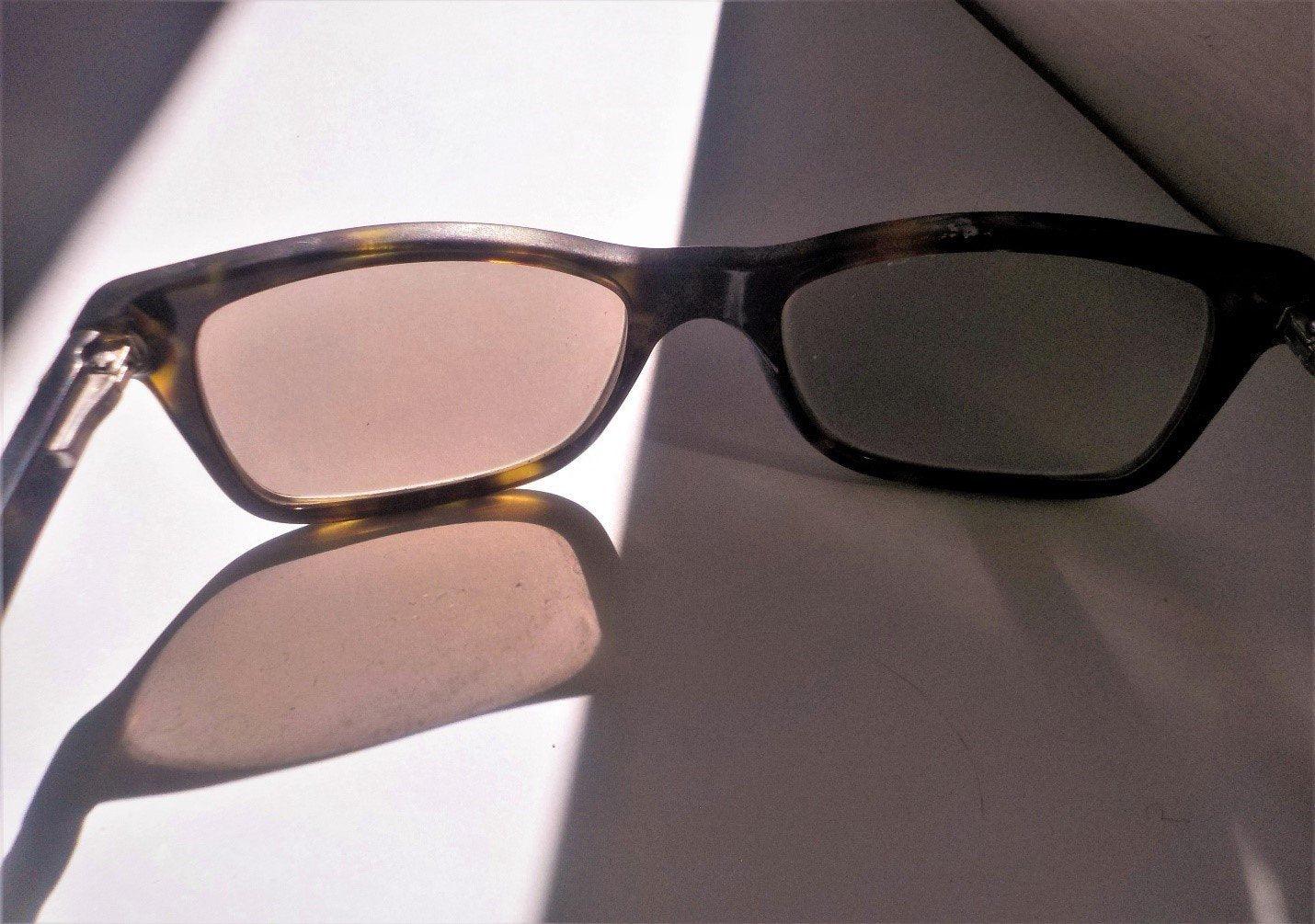

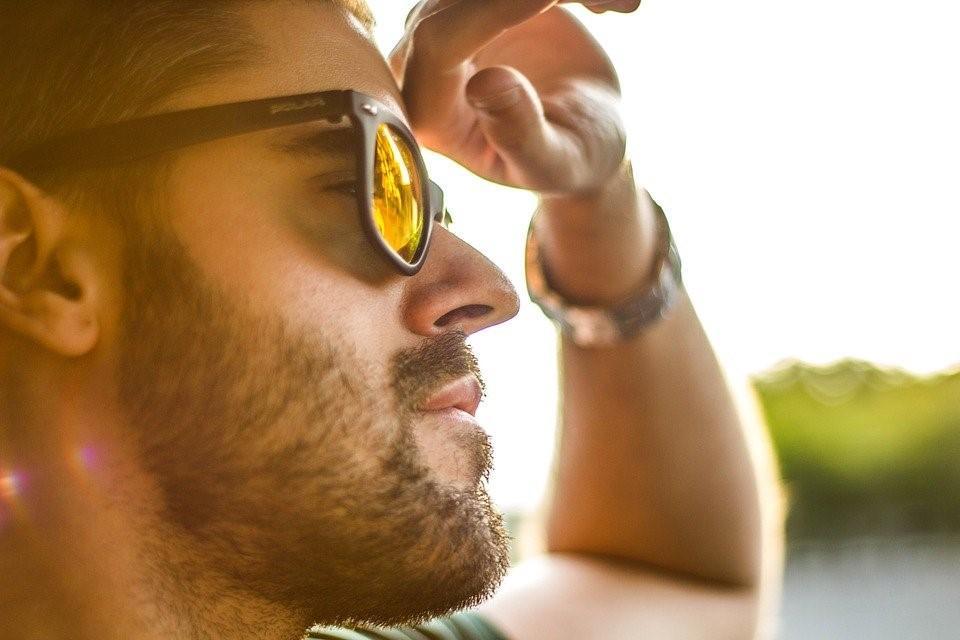
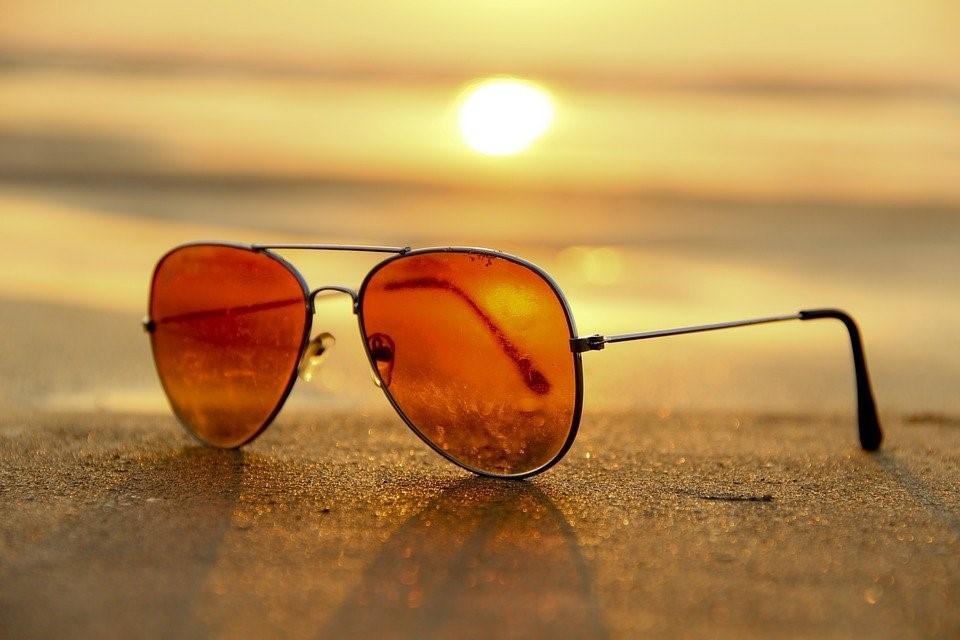
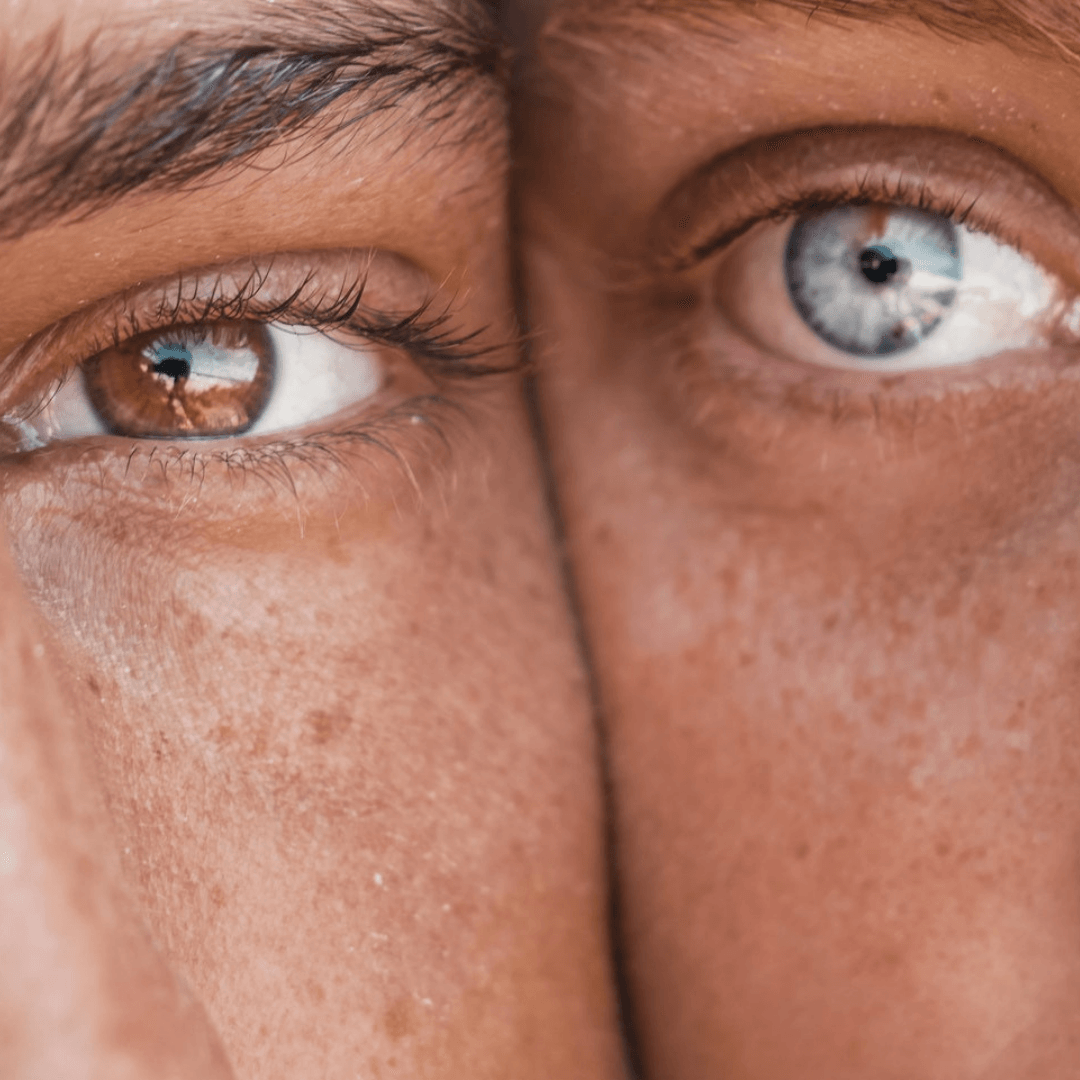
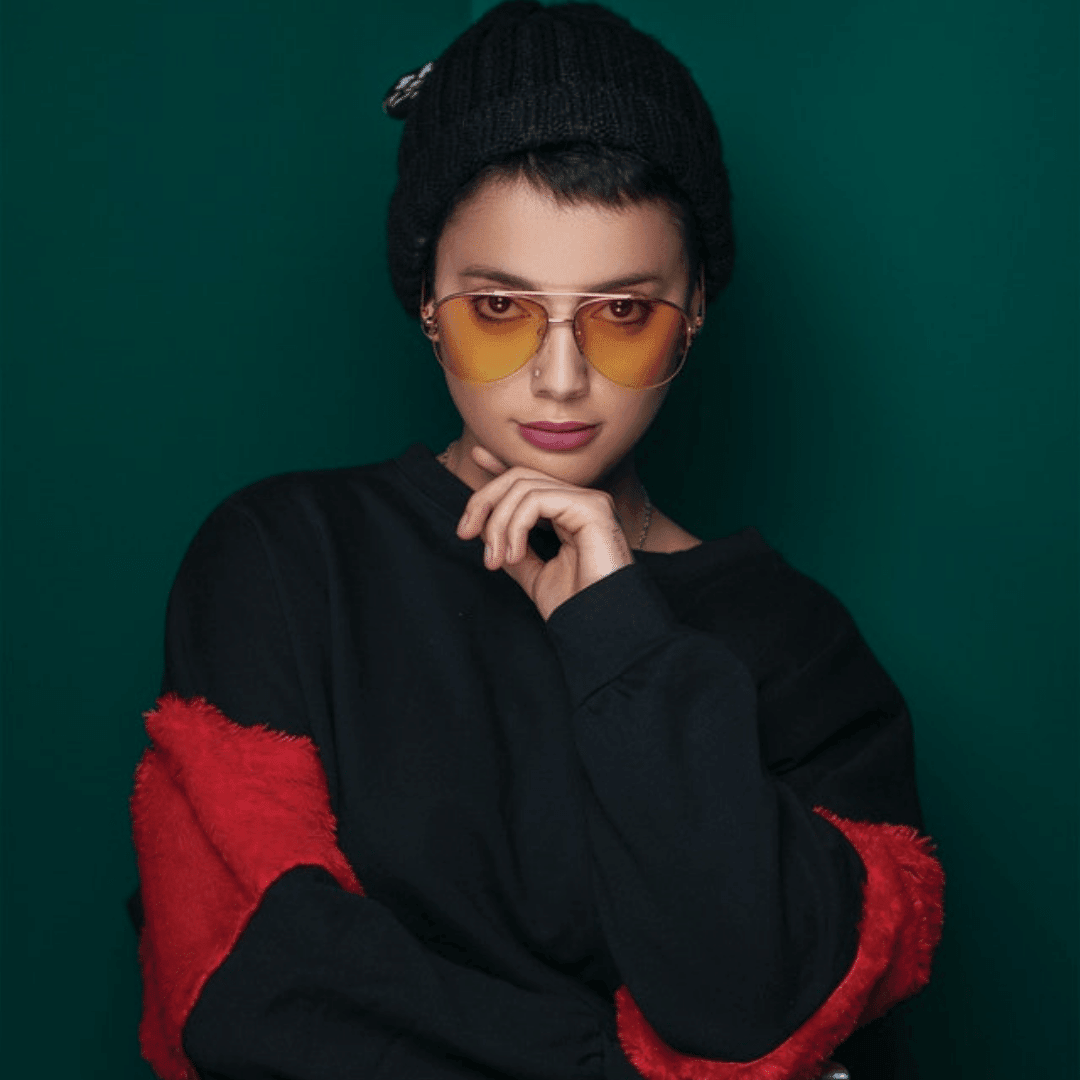



Share:
Choosing eyeglasses that suit your personality and lifestyle
Here are the Best Women's Sunglasses in 2020